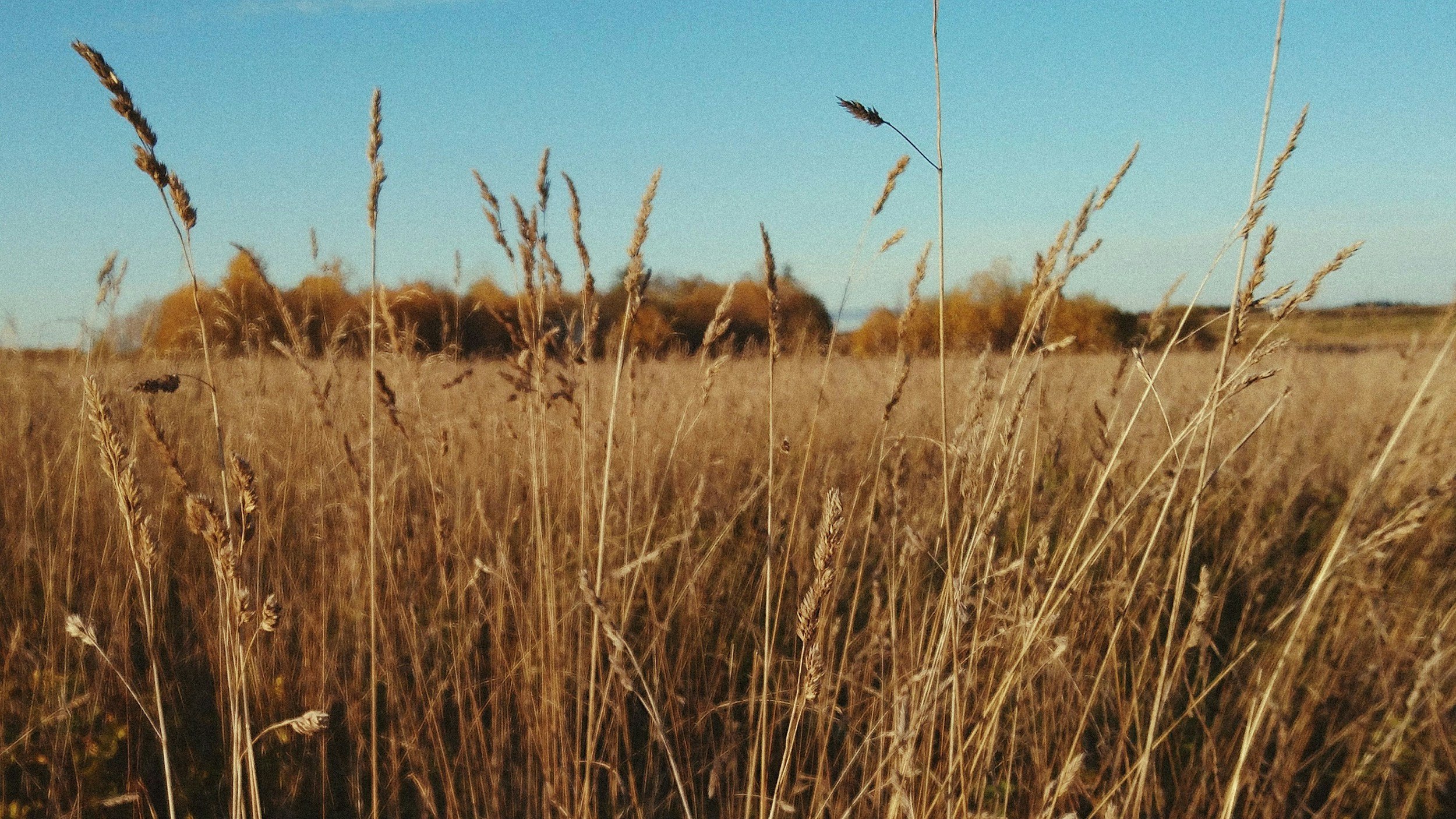
Arkansas
Advancing Wind Energy in the Natural State
Arkansas: The Next Wind Energy Hub of the Southeast
Arkansas is emerging as a new frontier for wind energy in the Southeast, leading the region in the number of land-based wind projects under development. The agricultural Mississippi Delta Region, in particular, offers some of the highest wind resource potential at both 110 and 140-meter hub heights, setting the stage for significant growth in wind development.
Arkansas Overview
Currently, the Natural State has over 1.9 gigawatts (GW) of wind energy under development, including the 135 MW Crossover Wind project in Cross County. In northeast Arkansas, the proposed Nimbus Wind project in Carroll County would bring another 180 MW to the state. Arkansas is uniquely positioned as the only landlocked state in the Southeast that lies entirely within the Midcontinent Independent System Operator (MISO) Regional Transmission Organization (RTO), offering a strategic advantage for wind energy development.
Image Source: NREL
Check out a summary of the benefits of wind energy for Arkansas here: Arkansas Fact Sheet
SEWC is actively engaged in reducing barriers and fostering partnerships to support the advancement of wind energy in the state. Wind projects in Arkansas are poised to deliver a range of economic benefits, including job creation, land lease payments, local tax revenue, and a reliable source of clean, American-made electricity. Learn more about the basics of wind energy here: Wind Energy 101
Economic Development
Energy Independence and Grid Stability: By generating electricity locally, Arkansas can reduce its reliance on external energy sources, enhancing energy security and stabilizing the grid. Wind energy contributes to a more resilient grid, helping communities become self-reliant and less vulnerable to energy price fluctuations.
Job Creation and Economic Growth: The expansion of wind energy projects will bring new jobs in construction, operations, and maintenance. This includes manufacturing turbine components, trucking, road maintenance, and fuel supply. Onshore wind projects typically generate 150-300 jobs per 100 MW during construction and 5-10 long-term positions for ongoing operations. Additionally, these projects will drive new economic activity in rural areas, boosting local small businesses.
Increased Tax Revenue for Local Services: Wind farms contribute significantly to local property taxes, funding essential services like schools, roads, and emergency response. Nationwide, the U.S. wind industry pays over $1 billion annually in state and local taxes. In Arkansas, this additional tax revenue can support community development projects, enhancing the quality of life for residents.
Steady Income for Landowners: Hosting wind turbines offers landowners a reliable income stream, providing financial stability despite agricultural market fluctuations. On average, a single turbine can generate over $10,000 per year in lease payments. With wind farms often hosting 50+ turbines, this creates a substantial income boost for farmers. Plus, turbines occupy only ¼ to ½ acre of land, allowing farmers to continue planting crops or grazing livestock around them, maximizing land use and farm profitability.
Permitting and Siting
Arkansas’s wind projects are strategically sited to coexist with agriculture and other land uses, with attention to environmental and community considerations. Wind farm project developers are also collaborating with conservationists to conduct research for choosing locations least likely to impact the local bird population. The state’s regulatory framework ensures that wind farms are developed responsibly, adhering to federal and local guidelines that protect wildlife, historical sites, and other sensitive areas.
Project Pipeline
Crossover Wind by Cordelio Power
Located in Cross County, Arkansas, the Crossover Wind project is set to become the state’s first operational wind farm. Originated by the development arm of Vestas, Steelhead Americas says this 135 MW project will be a milestone for Arkansas, marking the state’s entry into the wind energy industry. Located in the Delta Region, the project benefits from the area’s flat, agricultural terrain, which is ideal for large-scale wind development. The Crossover Wind project is more than just a clean energy initiative; it represents a significant economic boost for the local community through job creation, land lease payments, and long-term investment.
Long Grain Wind by Triple Oak Power
Located in Crittenden County, Arkansas, the Long Grain Wind project is set to become one of the state’s largest wind energy developments, with a capacity of 400 MW. Spanning over 30,000 acres, the project will generate clean energy to power approximately 300,000 homes annually. In addition to its renewable energy benefits, Long Grain Wind will bring significant economic investment to the region, creating hundreds of construction jobs, full-time positions, and providing substantial support to local businesses. Construction is estimated to begin in 2026.
Nimbus Wind by Scout Clean Energy
The 180 MW Nimbus Wind project, nestled in the mountainous Ozark Region of Carroll County, is being developed by Scout Clean Energy and is slated for completion by late 2025. This project underscores the complexity of wind energy development in more rugged terrains, where community engagement and environmental considerations play a crucial role in the project’s success. If completed as planned, Nimbus will bring substantial economic benefits to the region while demonstrating the potential for wind energy in Arkansas.
Partners in Arkansas
Wind energy growth in Arkansas is driven by key partners like the Arkansas Advanced Energy Association (AAEA), which champions renewable energy through policy advocacy and stakeholder collaboration. Supported by NGOs, educational institutions, and community organizations, these efforts ensure that wind projects are both successful and beneficial to local communities, fostering a strong, sustainable environment for clean energy development.










